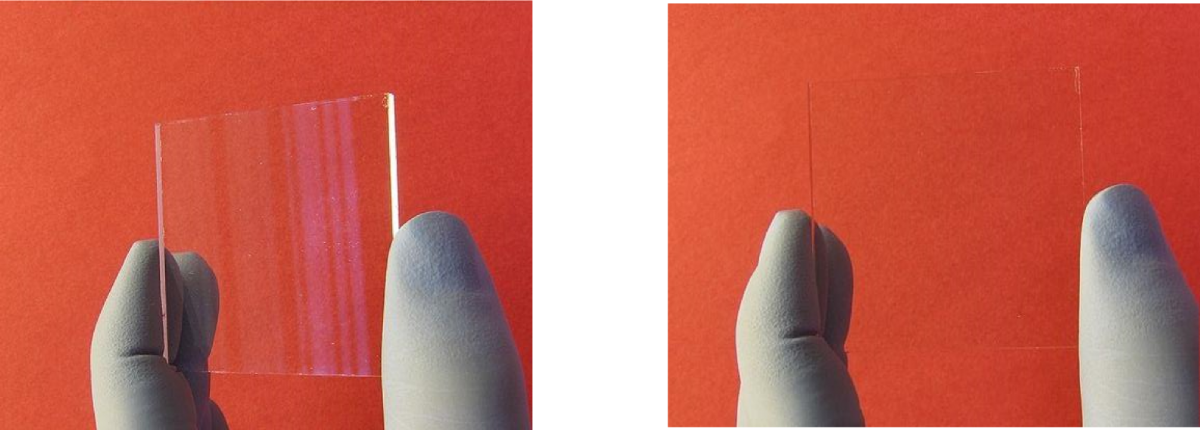
Display monitors are always set behind a glass panel to protect its touch sensors. The most commonly used glasses for this purpose are trademarks. Among them we find Gorilla Glass, The Xensation Glass Series and Sapphire Glass.
It is increasingly important to produce resistant, stable and strong types of glass. The rule is maximum protection with minimum thickness.
Types of glass for displays
Gorilla Glass
Gorilla Glass is a product of the US company Corning Inc. It is a synthetic pre-stressed aluminosilicate glass, outstandingly light and thin.
In 2010, 20% of mobiles had Gorilla Glass among its components. Currently there are two newer versions of the product (Gorilla Glass 2 and 3) which are thinner and lighter.
Xensation Glass Serie
Xensation Glass belongs to the German company Schott. There are three models of this glass: Xensation Cover which is a synthetic aluminosilicate glass, like Gorilla Glass, it is especially flexible and resistant to impacts and it is designed for capacitative sensors, Xensation Touch is a version for resistive sensors and Xensation Look is thought for optical touch sensors.
Sapphire Glass
Sapphire Glass produced by GT Advanced Technologies, USA, is currently only used by Apple in its iPhone 5s camera sensors. It is extremely resistant to scratches and shattering, therefore is for example used in high-quality watches. The fact that holds it from being the standard glass for tablets and smartphones is its expensive production costs.
According to rumors the new iPhone 6 will be equipped with Sapphire Glass. The bloggers Dickson and Brownlee claim to be in the possession of the cover of the new iPhone and they rigorously tested it. In the test it was not possible to leave traces on the material or to destroy it.
Antireflection coating
Displays under sunlight or strong illumination need a special antireflection coating. These kind of coating evolves constantly over time. The company Corning, for example, has developed a kind of glass that reflects light only 1% stronger than air particles in 2013. Normal glass reflects about 5% stronger than air particles.

Resistance to bacteria

When a display is used by many people bacteria can be spread. In the medical field this is especially problematic, therefore displays are constantly cleaned with harsh chemicals. The surface of touchsreens has to endure this. Additionally, they have to be waterproof (IP64) and resistant to chemical cleaning agents (oil and acid).
Corning is also planning to optimize their glasses in this sense, applying an ionic silver covering to prevent the transmission of germs and bacteria.
News about Glass
Kyocera plans the production of Sapphire glass displays
For several months there have been rumors about Apple switching from Gorilla to Sapphire glass to produce the iPhone 6 and iWatch. This new material will make the devices even more resistant to scratches and cracks. While Apple has opened a factory together with GT Advanced for the production of Sapphire Glass in Arizona, surprisingly, another company seems intent on producing Sapphire glass independently.
You can read more in the following article.
Sapphire glass for further portable devices?
 According to Technology Review GT Advanced Technologies is working on a new production method for sapphire glass, which could reduce the costs significantly. While the costs have been too high so far this new method could help sapphire glass become ready for mass use.
According to Technology Review GT Advanced Technologies is working on a new production method for sapphire glass, which could reduce the costs significantly. While the costs have been too high so far this new method could help sapphire glass become ready for mass use.
You can read more in the following article (German).
